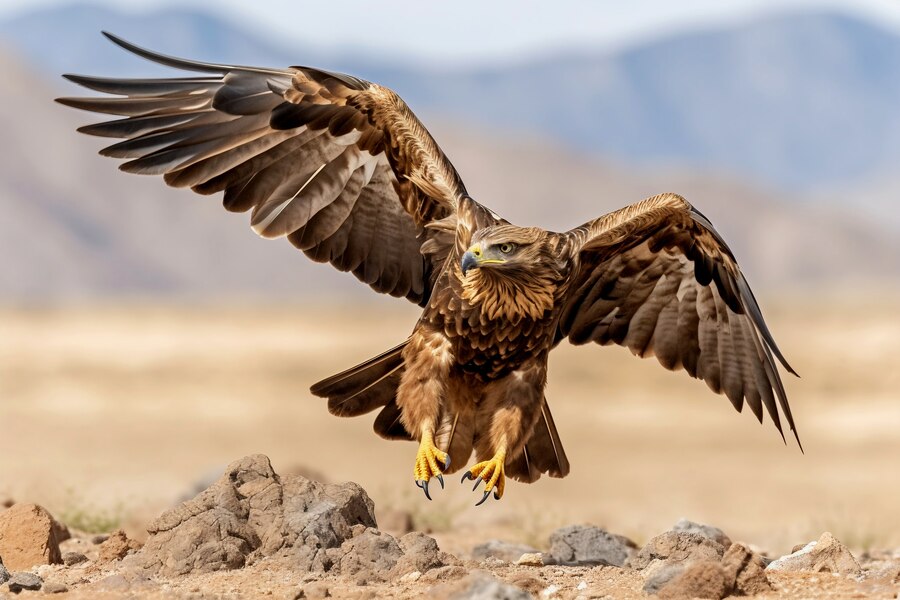In the field of symbolism, birds have always taken a special place in people’s hearts since Ancient times they symbolized freedom, spirituality, and connection with the upper world. Of all these symbols, the ‘Hancock bird meaning’ has particularly attracted curiosity in history and culture. But what is the Han cigar that has been twitched, and what is its significance or does the bird represent? The remainder of this article focuses on the Hancock bird by explaining its background information, and usage across different aspects of people’s lives.
What does Hancock Bird Meaning?
Although people may not be familiar with the term “Hancock bird meaning” like the eagle or dove have historical significance. It has a strong genealogical relation to the name of the Hancock family, which originates from England and later in America. The bird that always relates to the Hancock family could be the bird on the badges, shields, or even crests, an indication of identification of the entire lineage and the Claiborne heritage of the Hancock family.
The Historical Origins of the Hancock Bird
Hancock bird meaning therefore greatly relates to the historical background of the Hancock family, one of the noble families in England during the medieval period. Such emblematical representation was the bird portrayed as a hawk, falcon, or any other bird of shove. In heraldry, there are legion birds as charges and often the very meaning of birds depends on the type of their depiction.
To the Hancock family, this bird on the crest probably had meaning as far as their duties as the protectors and the heads of the family. The hawk or falcon is an intelligent bird with an excellent sense of vision and a hunter by instinct, symbolizing the family’s watchfulness power, might, and capacity to safeguard and sustain their people. This relation to protection and leadership has been passed through the generations and thus affects the contemporary Hancock bird meaning.
The Symbolism of the Hancock Bird
Thus, the Hancock bird meaning can be appreciated only from different angles. Here are some of the key symbolic interpretations:
1. Freedom and Independence
People associate birds with freedom because these flying creatures fly about in the territory of the heavens. They don’t need any restrictions when traveling through large territories. For the Hancock family, this could represent the idea of freedom, liberty, and self-reliance rooted in America’s revolutionary sentiments.
2. Vision and Clarity
Birds of prey such as hawks and falcons, have perfect eyesight to locate their prey from a distance. This part of Hancock’s bird meaning may imply the need to be clear-sighted, perceptive, innovative, or simply wise. The bird’s ability to have good vision represents the vision where a leader can envision circumstances, and discern between black and white decisions. For those who have seen the bird the Hancock company may symbolize a message to remain visionary and pay attention to the goals achieved.
3. Nobility and Leadership
In heraldic traditions, birds such as hawks or falcons which are eagles are symbols of nobility and power more so leadership. Hancock bird meaning also includes therefore such qualities. The bird can be interpreted as the heraldic emblem associated with the Hancock family’s ability to lead during both times of harmony and war, and the family’s dedication to principles and obligations.
4. Heritage and Ancestry
The Hancock bird is also a sign of heritage and ancestry. For many such an image on the family crest as the bird, can be viewed as the key to their ancestors, the memory of the traditions. The Hancock bird meaning refers to coming from a noble background, appreciating what the forefathers went through and the success they achieved, and then facing the honoring responsibility to stay on that course.
The Hancock Bird in Today’s World
The bird is well grounded in history, it is still quite useful in the present. The bird has become a popular mascot for families with Hancock surnames or at least those with links to the families of Hancock because it is identified with the family’s beliefs and principles. In the contemporary world, people use the Hancock bird meaning as a coat of arms, logo, tattoos, paintings, etc to show that they are Hancock and proud of it.
To those other than the Hancock line, though, the meaning of the bird is still evident. The bird meaning of the last name Hancock is therefore much more complex than just the symbolism from the name, thus helping people looking for a way to live the values of the bird in their lives.
The Hancock Bird in Popular Culture
The Significance of the Hancock bird’s meaning has also translated into usage in day-to-day life although it has been preeminent. However, the Hancock bird meaning is familiar with more widespread symbols, such as the phoenix or eagle, the symbol can be met in the literature, arts, or mass media associated with antecedent, authority, and liberty. Whether directly referring to the Hancock family or more symbolically referring to the qualities of the bird it still enchants those who come across it.
As with any symbol, the Hancock bird occasionally may be expounded or reconstructed in ways pertinent to twenty-first-century experience. For instance, artists may paint the bird in the contemporary context and integrate the traditional meaning of the bird with the theme relevant to society.
Conclusion
The Hancock bird can be associated with the Hancock family, or with other people who are somehow related to this bird serves as one of the powerful symbols that display a feeling of being a leader, an independent personality, and an acquirer of high and noble ambitions. As society strives to decode symbols in contemporary society, the Hancock bird meaning is one of the best examples of how historical and traditional meanings impact the present and the future. Even today, when one encounters the bird in a family crest, or personal representation, many people carrying the Hancock family name incorporate it into their lives and strive to follow its message of having vision, purpose, and greatness.


